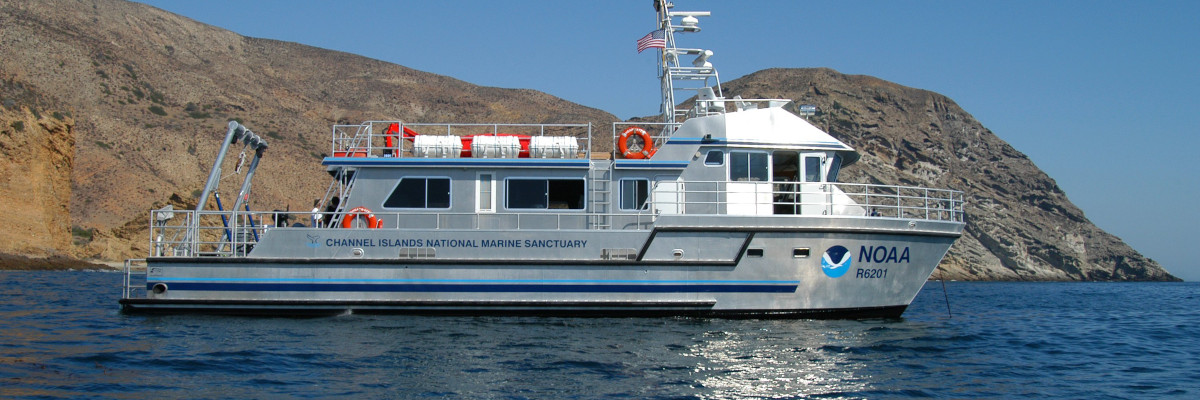End-to-end marine ecosystem models link climate and oceanography to the food web and human activities. These models can be used as forecasting tools, to strategically evaluate management options and to support ecosystem-based management. Here we report the results of such forecasts in the California Current, using an Atlantis end-to-end model. We worked collaboratively with fishery managers at NOAA’s regional offices and staff at the National Marine Sanctuaries (NMS) to explore the impact of fishery policies on management objectives at different spatial scales, from single Marine Sanctuaries to the entire Northern California Current. In addition to examining Status Quo management, we explored the consequences of several gear switching and spatial management scenarios. Of the scenarios that involved large scale management changes, no single scenario maximized all performance metrics. Any policy choice would involve trade-offs between stakeholder groups and policy goals. For example, a coast-wide 25% gear shift from trawl to pot or longline appeared to be one possible compromise between an increase in spatial management (which sacrificed revenue) and scenarios such as the one consolidating bottom impacts to deeper areas (which did not perform substantially differently from Status Quo). Judged on a coast-wide scale, most of the scenarios that involved minor or local management changes (e.g. within Monterey Bay NMS only) yielded results similar to Status Quo. When impacts did occur in these cases, they often involved local interactions that were difficult to predict a priori based solely on fishing patterns. However, judged on the local scale, deviation from Status Quo did emerge, particularly for metrics related to stationary species or variables (i.e. habitat and local metrics of landed value or bycatch). We also found that isolated management actions within Monterey Bay NMS would cause local fishers to pay a cost for conservation, in terms of reductions in landed value. However, this cost was minimal when local conservation actions were part of a concerted coast-wide plan. The simulations demonstrate the utility of using the Atlantis end-to-end ecosystem model within NOAA’s Integrated Ecosystem Assessment, by illustrating an end-to-end modeling tool that allows consideration of multiple management alternatives that are relevant to numerous state, federal and private interests.
Screening California Current fishery management scenarios using the Atlantis end-to-end ecosystem model
Publication date
April 17, 2012
Abstract
Journal
Progress in Oceanography
DOI
https://doi.org/10.1016/j.pocean.2012.03.009
Region
California Current
